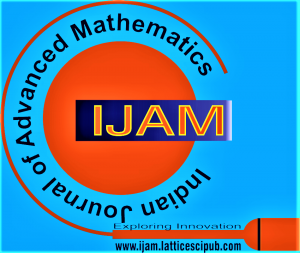![]()
An Elementary Proof for Fermat’s Last Theorem using a Transformation Equation to Fermat’s Equation
P. N. Seetharaman
P.N Seetharaman, Retired Executive Engineer, Energy Conservation Cell), Tamil Nadu State Electricity Board, Anna Salai, Chennai (Tamil Nadu), India.
Manuscript received on 17 February 2025 | First Revised Manuscript received on 19 February 2025 | Second Revised Manuscript received on 21 March 2025 | Manuscript Accepted on 15 April 2025 | Manuscript published on 30 April 2025 | PP: 27-31 | Volume-5 Issue-1, April 2025 | Retrieval Number: 100.1/ijam.A119205010425 | DOI: 10.54105/ijam.A1192.05010425
Open Access | Editorial and Publishing Policies | Cite | Zenodo | OJS | Indexing and Abstracting
© The Authors. Published by Lattice Science Publication (LSP). This is an open-access article under the CC-BY-NC-ND license (http://creativecommons.org/licenses/by-nc-nd/4.0/)
Abstract: Fermat’s Last Theorem states that there are no positive integers x, y and z satisfying the equation x n + y n = z n , where n is any integer > 2. Around 1637 Fermat proved that there are non-zero solutions to the above equation with n = 4. In the 18th century Euler treated the case n = 3, thereby reducing the proof for the case of a prime exponent ≥ 5 in this proof we hypothesize that r, s and t are positive integers satisfying the equation rp + sp = tp , where p is any prime >3 and establish a contradiction. We use an Auxiliary equation x 3 + y3 = z3 and create transformation equations. Solving the transformation equations we prove that only a trivial solution exists in the main equation r p + sp = tp .
Keywords: Transformation Equations. Mathematics Subject Classification 2010: 11A–XX.
Scope of the Article: Applied Mathematics
